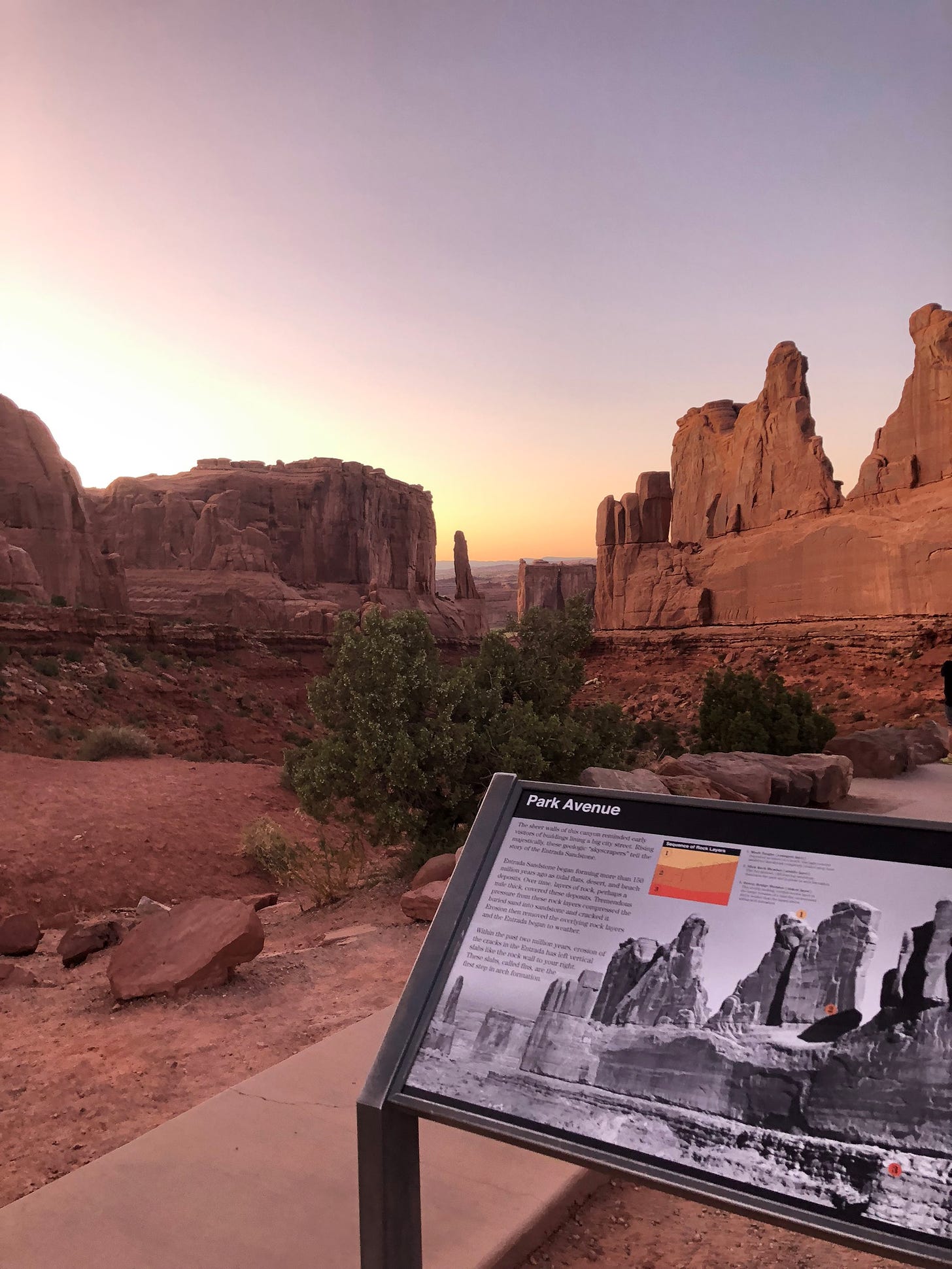Ratlinks: October 2019 - Issue #10
Statistically Speaking | Number Neighbors | Weird Beer | SIGNS! | T Boone | Book Review

SUMMER HAS FALLEN
October is here bringing Autumn and all your favorite accoutrements:
Flannels
Foliage
Football Season
Sweater weather
Apple picking
Cute Boots
PUMPKIN SPICED EVERYTHING
Can I ask you a personal question?
What’s your policy on Columbus Day?
Which is your favorite ship?
The Nina, The Pinta, The Santa Maria or my dad’s boat?
Back to the lecture at hand. I can not stress this enough. We live in a world dominated by social media. How you portray yourself on social media translates into how many people “like” your photos, directly correlating with your own self-worth. Therefore, it is imperative that you choose the right Halloween costume in order to maximize social media impact. Now ask yourself, this year will you be sexy librarian, sexy vice president, sexy construction worker or frog?
Topics in this month’s edition:
What Are The Odds?
Number Neighbors
Mazel of the Month
Weird Beer
SIGNS!
Farewell T Boone
Lecture | Book Review
As always, you can return to this issue and find all previous issues at ratlinks.com.
If you were forwarded this edition please subscribe using the button below.
YOU’RE FROM NEW YORK? I’M FROM NEW YORK. WHAT ARE THE ODDS? FUHGETTABOUT IT
As mentioned in last month’s edition of RatLinks, I traveled to Utah on vacation. What I didn’t mention was the crazy set of coincidences that happened.
In Zion, we met a couple on the bus to the park. Later in the day, we ran into them at the pool. Turns out they live in New York City and my wife used to live in the same building as them.
Odd, yes, but not abnormal.
The next day we drove to Capitol Reef National Park, which is basically in the middle of nowhere. Stopping at the only attraction in the town, an art gallery. Inside Gallery 24, we met one of the proprietors, who asked where we are from. She tells us that she is from Bronxville, a town in Westchester very close to where my wife grew up.
A bit weird, right?
While at our hotel in Capital Reef we meet Rick and his family. Rick mentions he currently lives outside DC but used to live in New York City. After a few minutes of talking, we come to realize that our apartment building is the same one Rick lived in years ago.
Seriously?
I have lived in the same building for 7 years and rarely meet other people who live in the building while in the building. On vacation in Utah we meet two different people that lived in the same buildings as my wife.
This led me to wonder.
What are the odds?
Note: To make the below math easier most numbers have been rounded.
There are roughly 10 million people who live in New York City. The US population is approximately 330 million people. Meaning 1 out of every 33 Americans lives in New York City.
Assuming gross migration of 10% per year in New York City or roughly 1 million people move in or move out annually. Over the last 20 years an additional 20 million people lived in New York City.
Adding the current population of New York City plus 20 years of migration equates to 30 million people who have lived in New York City in the past decade.
Said differently 1 out of 11 people have lived in New York City in the past 20 years (30 million NYC / 330 million US population).
Depending on your geography or socioeconomic background that sample can skew much higher.
What is the probability of meeting two people in New York City in Utah?
Using the above figure. The probability of meeting two people would be 1 out of 11 squared. 1/11^2 equates to less than 1 in 100 chance or 0.82% chance of meeting two people from New York City in Utah.
What about the odds of meeting someone from your building?
My building is a standard New York City high rise. The building has 252 apartments, 12 units a floor x 21 floors.
While some units are studios and some have families. To keep the math simple, I estimate that each apartment has between 2-3 residents or 2.5 people. That means roughly 625 people live in my building currently (250 units x 2.5 people = 625 people).
Utilizing the same 10% migration figure as NYC means that it takes approximately ten years for the entire building to turnover. Therefore over ten years roughly 1,250 people have lived in my building.
Let’s be generous here and say over a twenty-year period, 3,000 people have lived in my building.
3,000 / 30 million is a 1 in 10,000 chance of occurrence.
Happening twice is a 1 in a 100 million or 0.000001% chance.
I thought those were the odds but wanted to double-check my work. I consulted with a Hahvahd (Harvard) educated math expert who corrected me a bit.
The bigger issue is that while you would be right here that each person you met has a 1/11 probability and if you met two and only two people the odds of them both being NYers would be 1/121 (assuming both independent draws).
The error with the above math is that you must include a sample size of people you met, let’s say that number is 25 people on the trip. Thus for all 25 to be non NYers it would be 10^25/11^25 = 9.2% (i.e over 90% that you’d meet at least 1 NYer).
The odds of meeting someone (occurrence) is highly dependent on the number of people you meet (sample size).
That was a lot of math talk but you made it. I am very proud of you.
If you just skipped down here let me recap the above section via an old borscht belt joke.
A Brooklyn man gets angry at his wife threatening to leave her.
This is the last time you will ever see me he screams as he walks out the door and down to the dock.
He jumps in a boat and begins to row feverishly, forgetting to untie the boat.
As the sun begins to rise, he looks up exhaustedly, hearing a voice.
Bobby Cohen? Bobby Cohen? Bobby Cohen is that you?
Bobby peers up quizzically from the boat
Who knows me in Japan?
Won’t You Be My Number Neighbor?
The internet is full of really dumb trends and stories.
Let’s storm Area 51.
Is Fidel Castro really Justin Trudeau’s father? (This is worth googling)
How about planking? Laying like a plank on random things. That was a thing.
Remember the hottest trend in food, Tide Pods, a tasty single serving of detergent. I still don’t understand why people want to eat detergent when there is popcorn in the ceiling.
My favorite recent internet trend is “number neighbor”.
A “number neighbor” is the person who has the phone number one digit away from you in either direction — up or down. All you have to do to find yours is either add or subtract one from the last digit in your phone number. If your number were 555-555-5555, for example — then your number neighbors would be 555-555-5554 and 555-555-5556.
At my last job, I would get bombarded daily with calls from strangers looking for the Jamba Juice in Penn Station.
I was beguiled at first. Why are people calling me asking for Jamba Juice? Then I took the logical step and looked up the phone number for Jamba Juice.
It turned out that Jamba Juice was my number neighbor.
This may aggravate a lesser man, but I took it in stride. Readily answering any Jamba related questions to the best of my ability.
Want to know the calorie count in a medium mango-a-go-go. You got it!
Is it true that due to a produce delivery issue, your craving for a razzmatazz would go unfulfilled today? Who could say? Actually I could. Just not factually.
Sadly, the Penn Station Jamba Juice closed this month.
To honor its memory and all the other fallen Jambas. Please pour out an ounce of orange dream machine on the floor at any of America’s terrible transit hubs.
Mazel! of the Month
A mazel of the month to:
Expert hunter, trapper and trader, Mike V for celebrating a milestone birthday last month.
Dallas’s most eligible bachelor, selfie expert and sports car enthusiast, John Coyle, on purchasing a home.
Adam and Allie Schuckman on the birth of Rory Anna.
Alan Fox for shooting a career low 69 (nice!) at Rock Spring CC.
Mazel!
Please email: evan@ratlinks.com with subject MOTM for your mazel to be featured.
WEIRD BEER AND THE SCIENCE OF FLAVOR
“We are prone to overestimate how much we understand about the world and to underestimate the role of chance in events.”
― Daniel Kahneman, Thinking, Fast and Slow
At a bar this month, my brother ordered a round of Budweiser’s new Copper Lager. A beer brewed in Jim Beam barrels that claims to add a toasted oak aroma, a deliciously nutty taste with caramel rye and vanilla notes, with a smooth finish.
In actuality, the beer labeled with both Budweiser and Jim Beam logos packs a “strong umami flavor”.
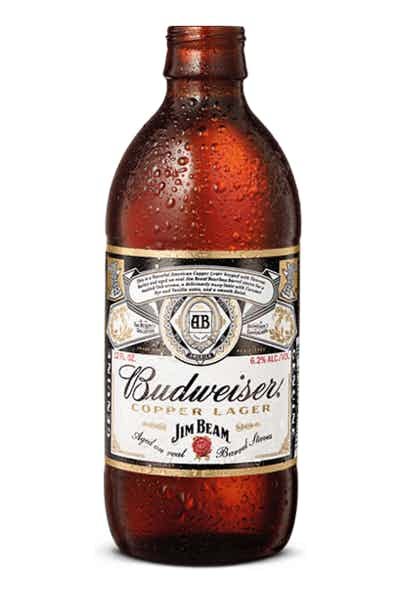
Umami is a Japanese word for a pleasant savory taste, distinct from pure saltiness, meaning Copper Lager tastes like beer mixed with soy sauce.
While Copper Lager may not have the best taste, great taste might not have been the stated goal for the product. Budweiser likely spent years developing a product that consumers crave to induce consumers into shelling out money for said product. This propensity to spend is likely driven by something other than overall taste. A dual-branded product in an interesting bottle that pairs well with food, are factors that might have been more important than overall taste. In fact, most processed food is made up of engineered flavors calibrated for maximum crave-ability to drive customer recall and repeat purchases.
In reality an abundance of excess cooperage drove this odd brand marriage. Leading to thousands of hours of product design, bottle selection and A|B testing via focus groups. After all this, Budweiser still delivered a product that tastes like soy sauce.
What I find more impressive -
Anytime you open a Budweiser product. No matter your location or that of the brewery the product always tastes identical.
Flavor engineering, but of course.
The challenge for flavor chemists is to create the perfect mixture of compounds that hit all the right marks. The sense of taste is a multifaceted physiological process. Working in conjunction with our sense of smell, our 100,000 taste buds elicit sensations of sweet, bitter, sour, salty, and umami.
Did you know color can also influence your decision?
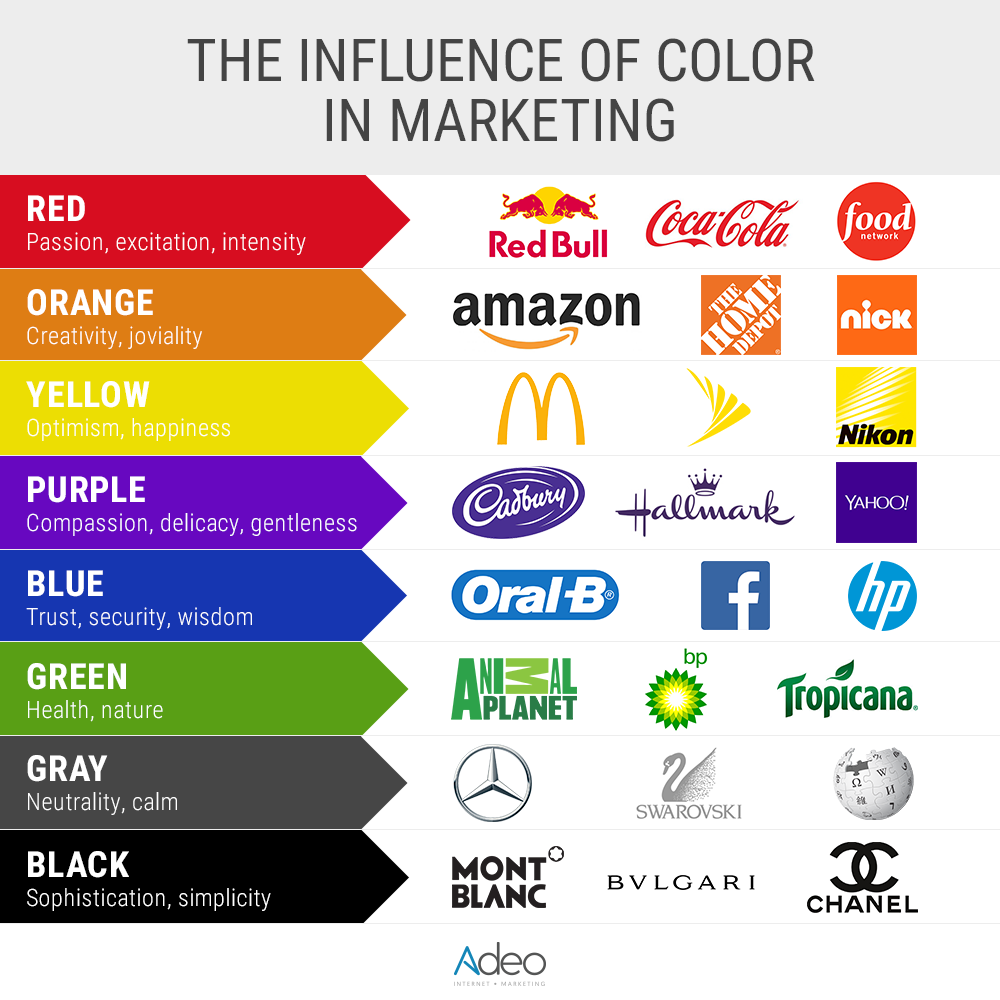
I SAW THE SIGN
Signs are important.
Signs are meant to be informative.
Signs are not always well designed.
People have complained that RatLinks has too many words and not enough pictures.
So, here you go. Feast your eyes on some signage. Very little reading required.
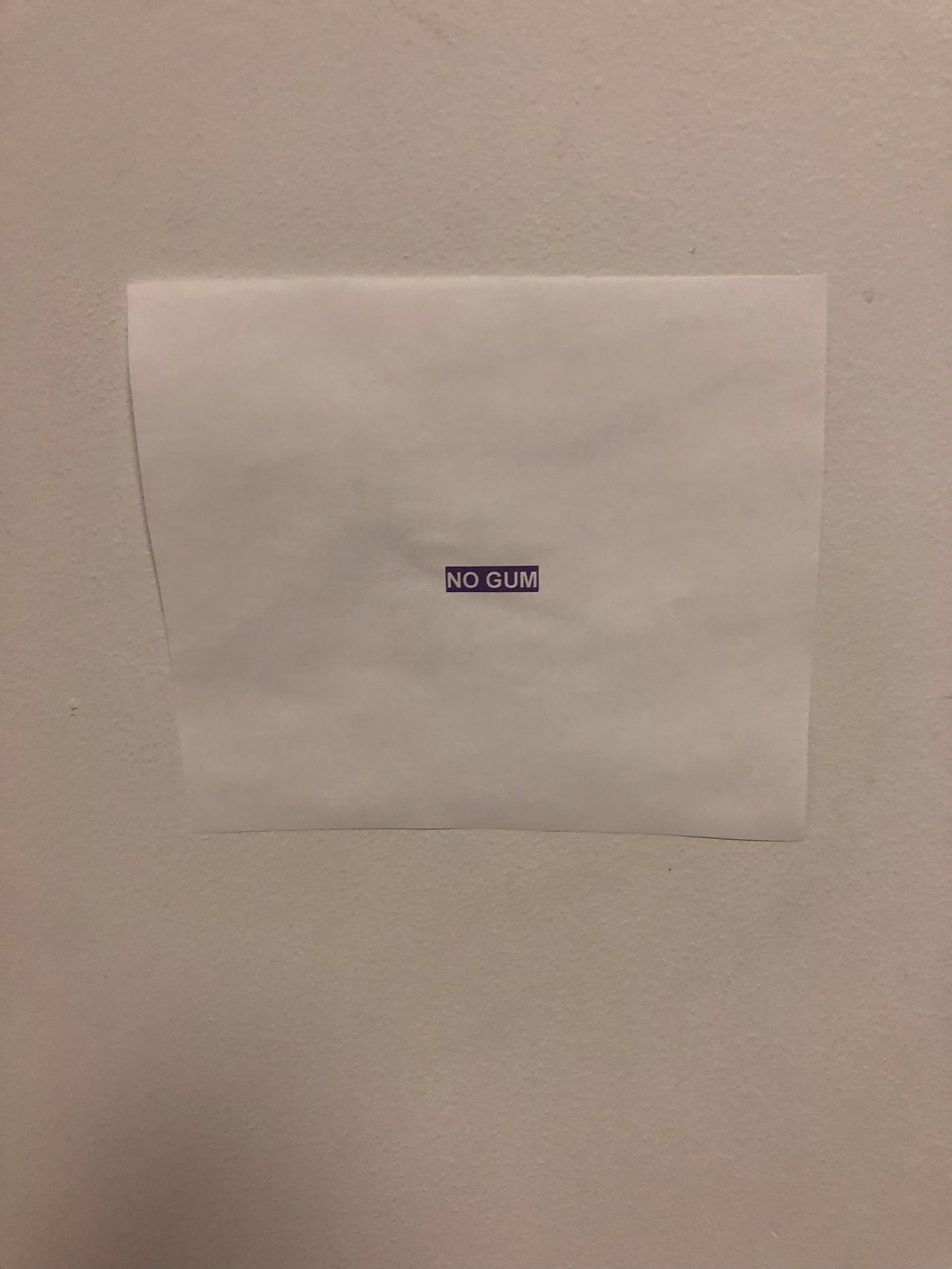
The sizing of NO GUM seems a bit off.
The design could potentially be a purposeful take on the supreme box logo as this sign was spotted on the LES.
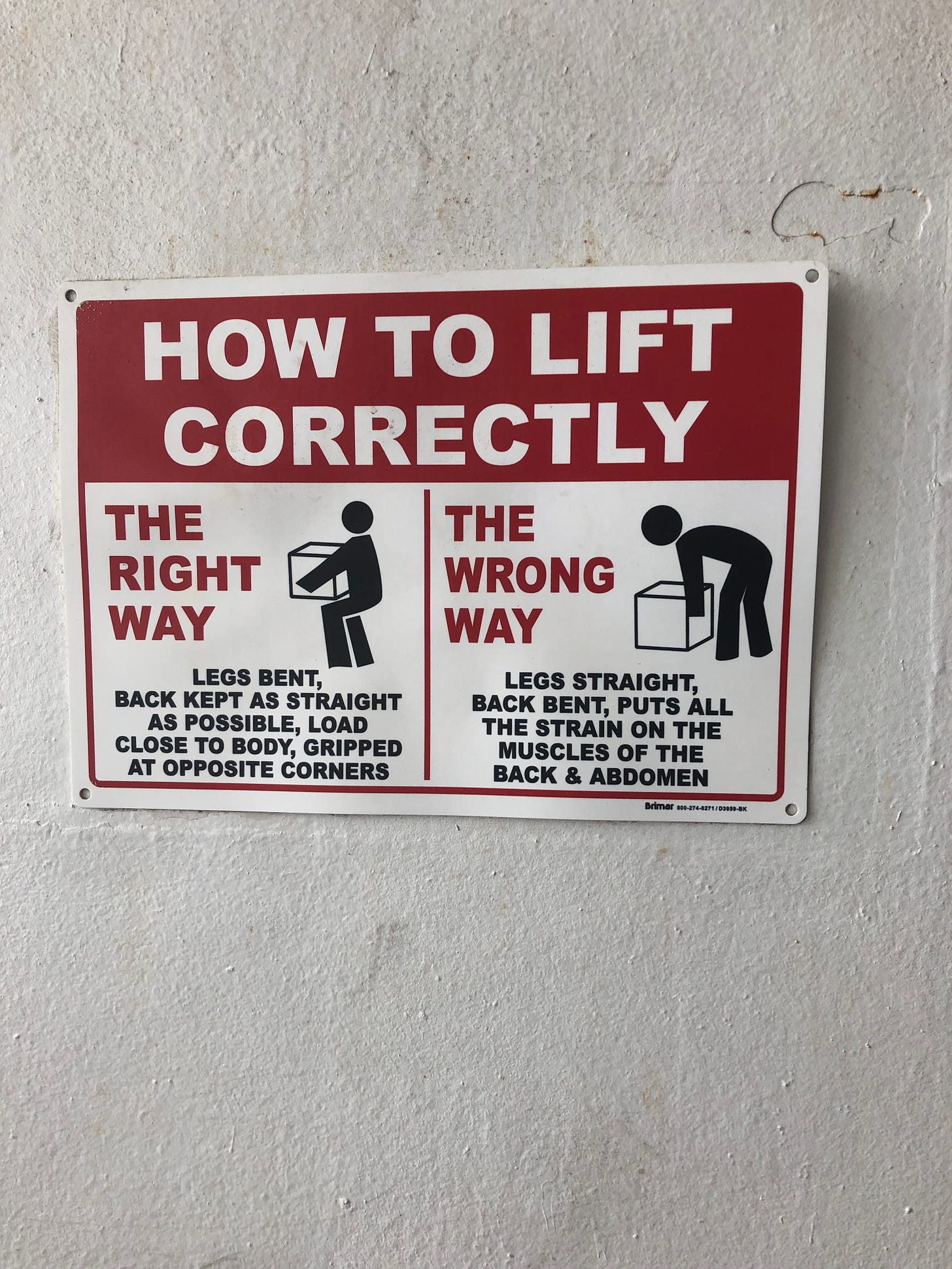
A well-designed and informative sign. Displaying both the right and wrong way to lift alongside simple descriptions.
The placement of this sign was a bit strange, posted on a boat heading to Governor’s Island.
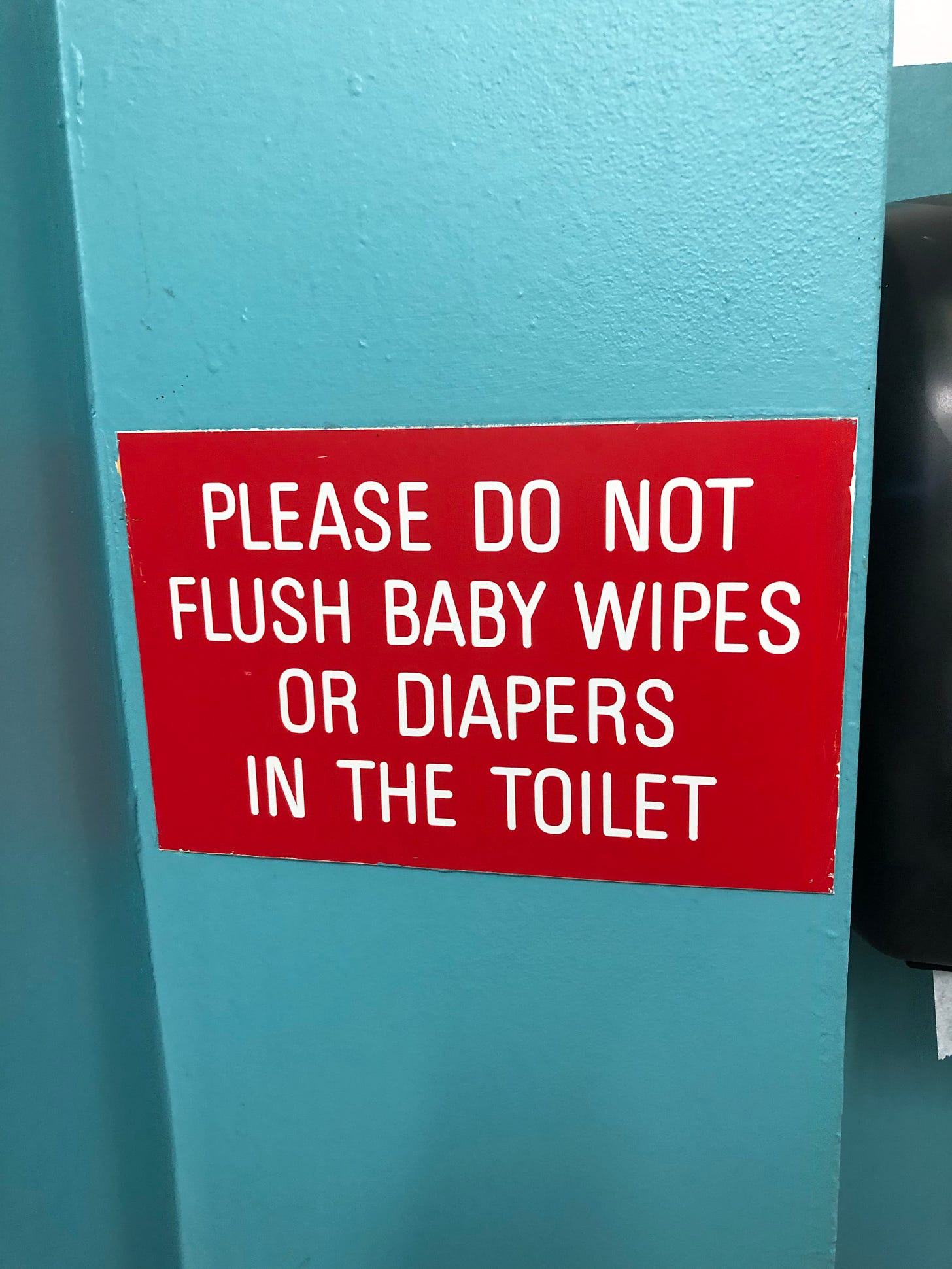
Pretty obvious if you think about it, but always worth reminding people to be gentle on our aging infrastructure.
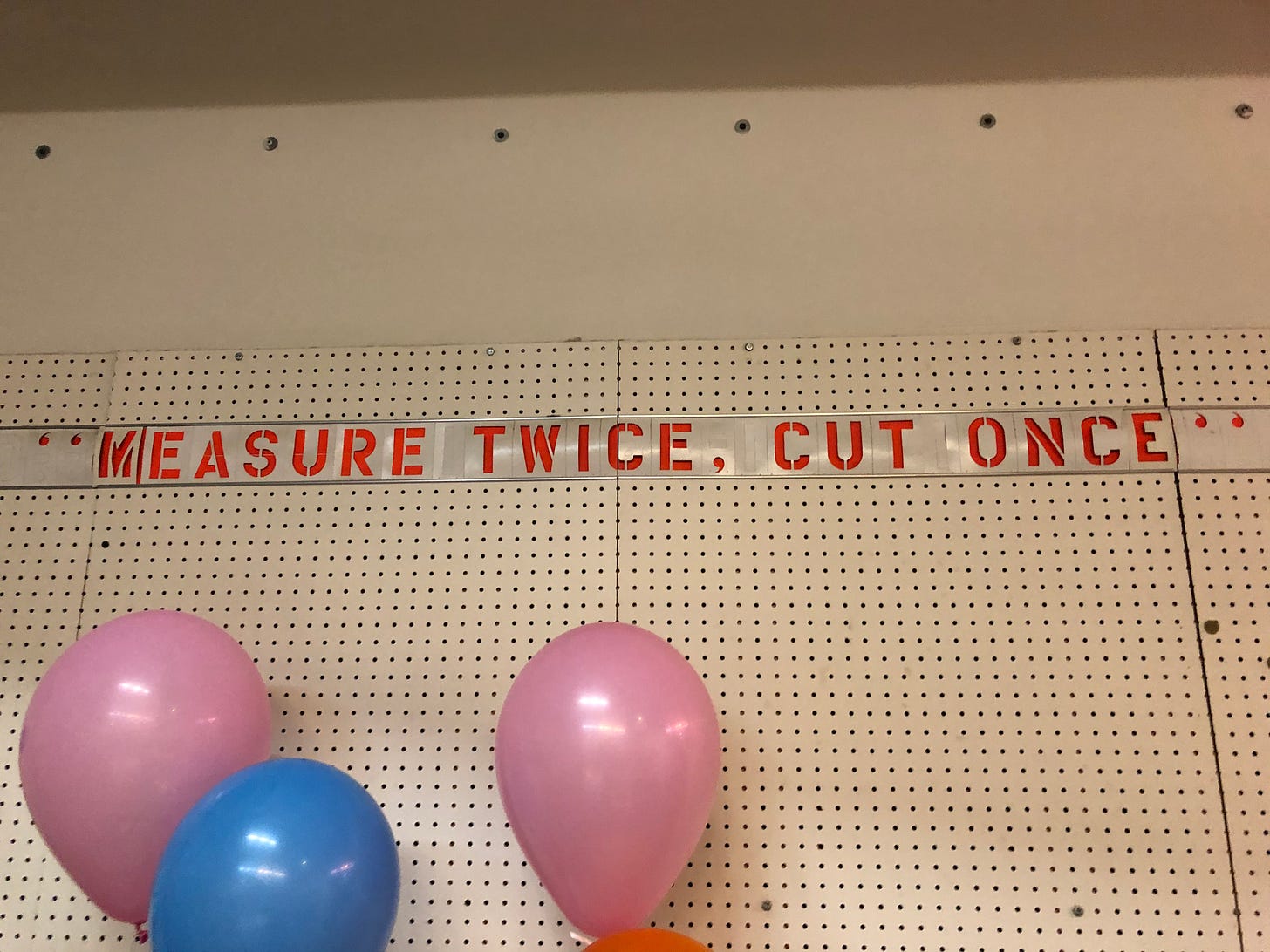
An important and informative sign posted above the machine shop in a children’s museum.
Business 101 teaches to increase profitability you must always limit waste when little fingers are assembling electronics.
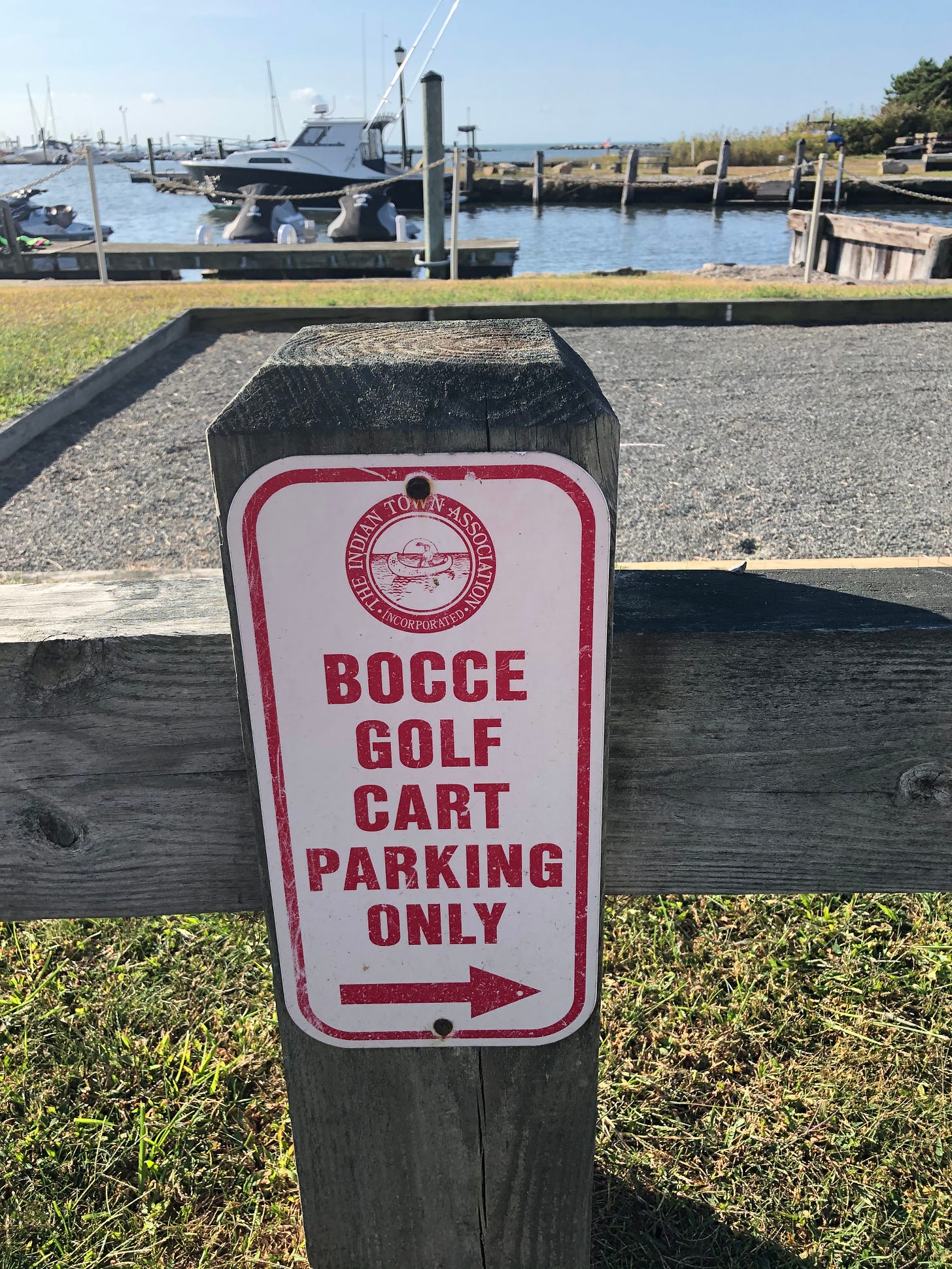
What might be the most specific parking sign ever.

Exorcisms! Feel like I haven’t been to a good one in ages. I didn’t know they were still a thing.
T. Boone Pickens (1928-2019)
Legendary oilman and corporate raider, T Boone Pickens passed away this month at the age of 91. Boone was remembered in one eulogy for inventing the 80s.
Boone wrote a final message prior to his death that is worth reading in its entirety:
Below are Boone’s key principles:
A good work ethic is critical.
Don’t think competition is bad, but play by the rules. I loved to compete and win. I never wanted the other guy to do badly; I just wanted to do a little better than he did.
Learn to analyze well. Assess the risks and the prospective rewards, and keep it simple.
Be willing to make decisions. That’s the most important quality in a good leader: Avoid the “Ready-aim-aim-aim-aim” syndrome. You have to be willing to fire.
Learn from mistakes. That’s not just a cliché. I sure made my share. Remember the doors that smashed your fingers the first time and be more careful the next trip through.
Be humble. I always believed the higher a monkey climbs in the tree, the more people below can see his ass. You don’t have to be that monkey.
Don’t look to government to solve problems — the strength of this country is in its people.
Stay fit. You don’t want to get old and feel bad. You’ll also get a lot more accomplished and feel better about yourself if you stay fit. I didn’t make it to 91 by neglecting my health.
Embrace change. Although older people are generally threatened by change, young people loved me because I embraced change rather than running from it. Change creates opportunity.
Have faith, both in spiritual matters and in humanity, and in yourself. That faith will see you through the dark times we all navigate.
Read This, Then That
This month I met Blackstone founder Steve Schwarzman, at a lunch to launch his new book, What It Takes.
At lunch I had the honor to briefly sit down with OG RatLinks reader, Henry Kissinger. We discussed the topic of nuclear war and mutually assured destruction. To paraphrase Dr. Kissinger - nuclear war would be very bad.
Dr. Kissinger is an advisor to Mr. Schwarzman, who is a highly influential financier who counsels both the US President as well as the President of China.
When speaking Mr. Schwarzman usually shows his reach rather than just talking about it. Last time I saw him speak, a few years ago, he paused midsentence as his phone rang. Apologizing to the group, he opened his flip phone, saying only his wife calls this number and he needs to take her call. He turned his back to the crowd for a few minutes. He returned saying that wasn’t his wife but the treasury secretary, it looks like the debt ceiling is solved.
Mr. Schwarzman’s commentary on automation from the recent lunch is worth highlighting further here.
He believes automation is going to be a big long term opportunity that could also create a massive social issue.
To further explain he provided an anecdote:
An individual approached Blackstone, saying he can save the private equity firm a lot of money, specifically on labor costs. It is worth noting that Blackstone employees 400,000 people throughout its portfolio companies. Leading to further discussion of how the process works exactly.
“What we do is videotape workers while simultaneously logging their keystrokes. After about 2 months we can replicate most of the manual tasks allowing your firm to remove up to 40% of the people.” The individual replied.
Mr. Schwarzman then paused to explain how the sea change caused by automation could happen fast.
If you begin automating tasks and removing of people, what happens next?
How do you effectuate this change without unintended consequences?
Said differently when you replace people’s jobs with automation. What do you do with the people?
Look at social media’s impact on free speech. Who would have predicted Facebook would impact elections when people first started posting photos of themselves drinking on the platform in 2003.
Before taking any action in automation, leaders must study how to build ethics into AI while at the same time working to keep the US competitive. China has a smart strategic plan to move forward in AI, but the US government does not. This led Mr. Schwarzman to endow MIT to create the first AI-enabled school, which if successful should prime the pump for US competitiveness.
What It Takes is an interesting look back on the career of one of Wall Street’s biggest swinging d’s. If you don’t have time or the want to read it in its entirety, I suggest you read the last chapter outlining Mr. Schwarzman’s keys to success.
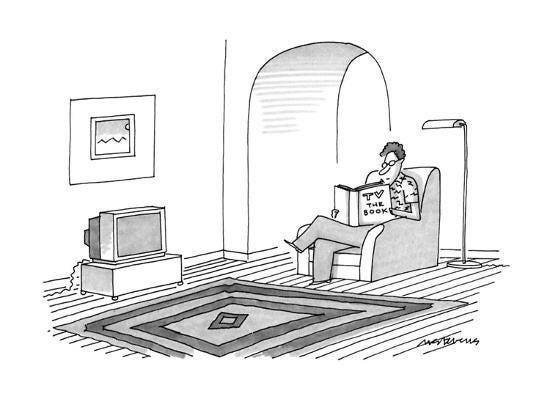
As always, you can see all the books I am reading here.
